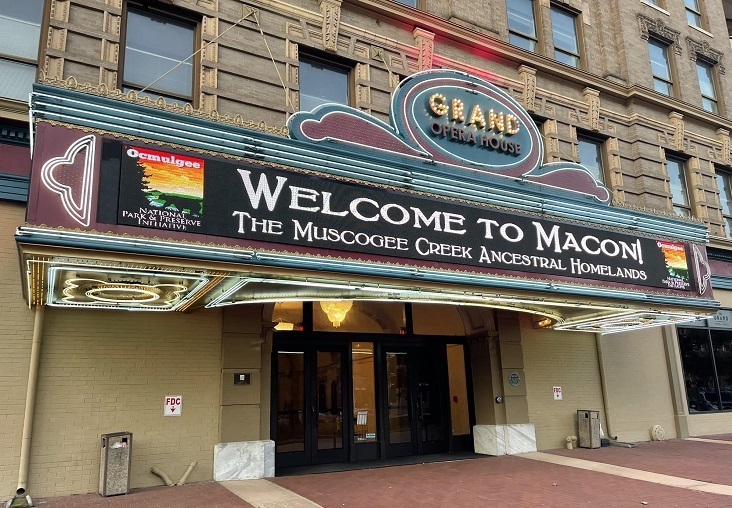There was a story last month on Nieman Lab looking at how successful a tax credit for digital news subscriptions has been in Canada. The intent was to help news organizations stay in business and according to the article, there is a similar bill being considered in the U.S.
Unfortunately, the number of people taking advantage of the program, which allows you to write off 15% of your subscription, has been pretty small. Only about 1% of Canadian taxpayers claimed a credit and some news organizations didn’t apply to be part of the program.
Some news orgs that may have qualified have declined to apply. A number of those that were deemed qualified Canadian journalism organizations have pitched the tax credit to existing subscribers, and used it as a perk to entice new ones.
At The Logic, … information on the tax credit was sent to all existing subscribers and advertised to potential subscribers, …
The end result was “negligible,” Skok said.
Rather than prompting new subscribers to sign up, Skok said, “the people who would have subscribed anyway are using the credit.” Skok suggests that subscribers weren’t swayed because they wouldn’t see the benefit until tax time and because the 15% credit was too low to change many minds on paying for news.
That doesn’t bode well for the corresponding bill proposed in the US which covers 80% of the subscription cost, but requires a multi-year commitment.
…cost of a local newspaper subscription or donation to a local news nonprofit in the first year, and 50% in the subsequent four years. So in order to earn the full $250 credit, you’d have to spend at least $312.50 on subscriptions or nonprofit news donations in the first year, or $500 in the following four years.
That’s a lot more than what most Americans pay for local news currently. Just 20% of people living in the United States say they pay for online news of any kind,…
However, the news outlet doesn’t need to be digital print media. It could be a local television or radio station as well so presumably NPR and PBS stations could benefit by seeing larger donations over multiple years.
Unfortunately, since this is a tax credit, people in lower income brackets who don’t pay taxes wouldn’t benefit if they made an attempt to support local news outlets.
What caught my eye in the article about the US bill is that it incentivizes small businesses to increase their advertising. My first thought was that this would benefit arts organizations until making the obvious realization that most arts organizations don’t pay taxes. On the other hand, it might allow arts organizations to promote activities which generate taxable unrelated business income and bolster an additional income stream.
A tax credit of up to $5,000 for small businesses that buy ads in their local publications. Small businesses could use this tax credit to advertise with local news sites, newspapers, television, or radio. As with the tax credit for individuals, local businesses would foot 20% of the costs the first year and 50% in the following years. So a local business could quintuple their current advertising in Year 1 and double it in Years 2 through 5 at zero net cost. Under the Senate bill, to qualify as “small,” businesses must have no more than 50 employees.
From what I can tell, the House version of the bill went to Ways and Means committee last June. Unless it got wrapped up in another bill it may be languishing there.
As great as this bill, which has bipartian support, may sound in terms of reviving local journalism, the article notes that most local news outlets have been bought up and drained of assets by hedge funds. So a lot of the money would end up being channeled to large corporations despite the limits on employees in the bill’s definition of local news entity.
On the other hand, the opportunity to garner greater support may see the emergence of new news outlets on the local level.




Santa Cruz Shakespeare has several tiers of benefits for donors/members. Some, like season-announcement parties, are open to several tiers. Some,…